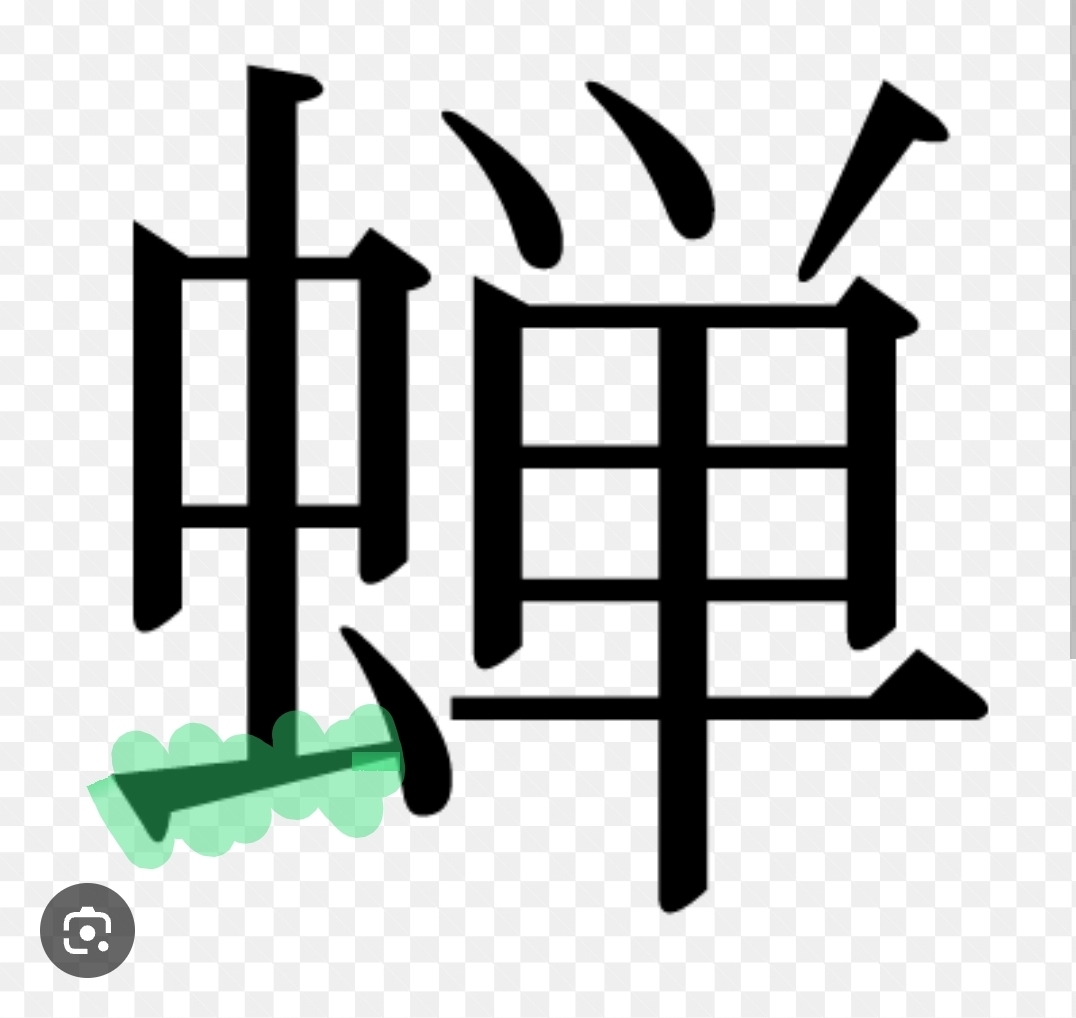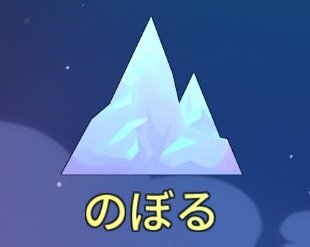Physical Media
Textbooks
TL;DR: We recommend Genki
GENKI
The most commonly recommended textbook series in /r/LearnJapanese, published by Japan Times. Genki is a comprehensive textbook series designed for beginners; no previous knowledge is required to use Genki (although it won't hurt). Genki is also known for being very affordable compared to other textbooks. The companion workbook is recommended but not required.
Description from Amazon: Second edition of the most highly regarded teaching text book on the Japanese language, covering speaking, listening, reading, and writing to cultivate overall language ability. Each lesson in the revised edition features a new section dubbed Culture Notes," and now includes the audio CD companion which is in mp3 format ready to install on any music player. In Japanese/English. Distributed by Tsai Fong Books, Inc.
Genki-Online |
Amazon.com Purchase Link
Nakama
Description from Amazon: NAKAMA 1 is a complete, flexible introductory program designed to present the fundamentals of the Japanese language to college students. Presented in two parts, NAKAMA 1A and NAKAMA 1B, the program focuses on proficiency-based language learning, emphasizes practical communication and student interaction, and fosters the development of all four language skills and cultural awareness. Thematically organized chapters focus on high-frequency communicative situations and introduce users to the Japanese language and its three writing systems: hiragana, katakana, and kanji. Maintaining the program's balanced approach, the new edition features updated technology resources, new authentic art, and practical, contemporary vocabulary to enhance learning.
Tobira
Description adapted from White Rabbit Japan: The "Tobira" textbook combines the practice of all four language skills (reading, listening, writing, speaking) and is designed for use by students who have completed a beginning Japanese textbook or, in terms of classroom time, somewhere from 250 to 300 hours of Japanese study.
The primary goals with this textbook are to solidify the grammar, vocabulary and kanji foundation studied during the beginner level and to develop all 4 language skills. Included is a link with which you gain access to the multimedia kit on Tobira’s official website. The menu holds various materials for audio learning, video learning, Kanji, grammar and writing practice. With this Language Partner Online, you can follow scenarios of everyday conversations, repeat single section or completely take over one part and interact with the other person.
The book holds 15 chapters, covering up everything from reading, vocabulary list, dialogues, conversation practice, grammar notes, kanji list to culture notes. The book is popular and has been used by many university courses worldwide.
Amazon.com
Kanji Learning
Remembering the Kanji
One method of learning kanji pioneered by James Heisig in Remembering the Kanji, is to use keywords that are made up of smaller components(radicals) called "primitives". To remember the meaning of a kanji, a mnemonic story is then constructed based on the primitives. As the learner becomes more familiar with kanji, the goal is ultimately to be able to recognize the meaning of a kanji while also being able to write it, eventually losing the need of the mnemonic.
The Kodansha Kanji Learner's Course
This book provides a system for remembering kanji meanings and understanding how these meanings are used in generating actual words. Kanji are introduced in building-block fashion, and sample compounds contain only previously learned kanji. All 2300 kanji are annotated with mnemonics and often other tips such as how to remember readings and/or how to distinguish between similar kanji. Can be reviewed with Memrise.
Dictionaries
Japanese-English
Kodansha’s Furigana Japanese Dictionary
Kodansha’s Furigana Japanese Dictionary includes both Kodansha’s Furigana Japanese-English Dictionary and Kodansha’s Furigana English-Japanese Dictionary and is designed specially for non-native learners. Words are sorted by reading, and are first given using hiragana and katakana before appropriate kanji (e.g. くる 来る {Irreg.}). Includes labels for speech level (e.g. colloquial, formal, humble, etc.) and example sentences.
Amazon.com
Japanese-Japanese
Sanseido Kanji Dictionary offers large-print Kanji dictionaries originally intended for children, but generally helpful to anyone wanting to see clearly defined Kanji, their common compounds, and Japanese readings. No English translations are given because it is meant to be used by Japanese children in a Japanese classroom, the same way Merriam-Webster is used in American, so a good Japanese-English dictionary is also suggested. Sanseido Kanji Dictionaries can be found in some US bookstores, or at Mitsuwa locations Link throughout America.
Grammar
Dictionary of {Basic/Intermediate/Advanced} Grammar
Please use this space to describe the Grammar Dictionary Series.
Basic Amazon.com Purchase Link |
Intermediate Amazon.com Purchase Link | Advanced Amazon.com Purchase Link



